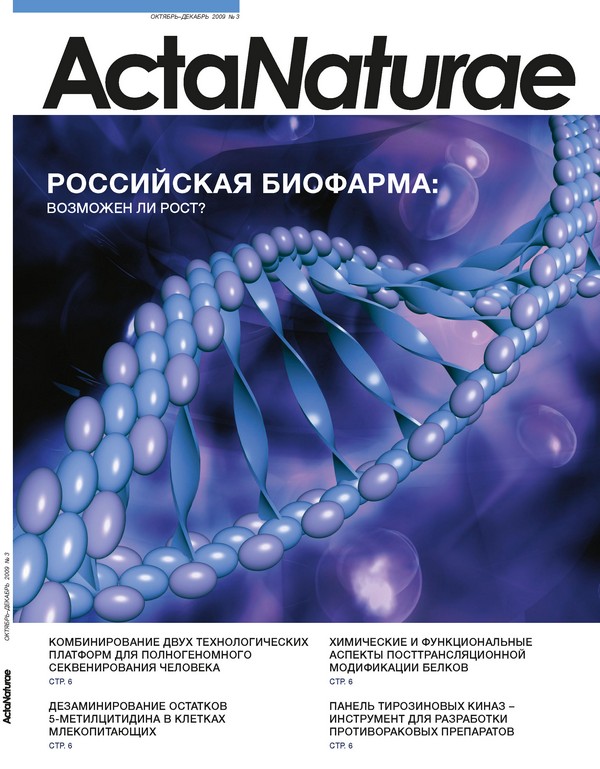Полный текст
The discovery of the role of oncogenic protein tyrosine kinases (PTKs) capable of noncontrolled activation in the development of cancer due to genetic alterations and the therapeutic potential of their inhibition has led to the emergence of a new era in oncology characterized by the appearance of selective (targeted to the specific protein) drugs in clinical practice [
1]. Application of the small molecule inhibitors that prevent the binding of ATP to the catalytic domains of PTKs, thus interfering with the activities of the kinases, was considered as the most promising strategy in the inhibition of oncogenic PTKs [
2]. The first ATP-competitive drug successfully used in human therapy was imatinib (gleevec), which acts against the Kit and PDGF receptors and inhibits nonreceptor fusion kinase Bcr-Abl [
3]. Recently, a number of inhibitors have been approved for clinical use and more of them are at different stages of evaluation. However, the search for novel classes of chemical compounds acting against PTKs continues [
4]. The ever-increasing degree of activity shown by scientists in the field of protein kinase inhibitor development could be attributed to the mentioned role of the majority of PTKs in oncogenesis [
2], as well as the phenomena of resistance by some mutant PTKs to known inhibitors [
5]. Furthermore, the problem of the low selectivity of ATP-competitive small molecule inhibitors [
6] and, on the other hand, the therapeutic advantage of parallel inactivation of several oncogenic key points [
7] deserve notice. Modern research aiming at developing new therapeutically important inhibitors has to be based on a combination of computational and experimental approaches including biochemical, cell-based, or in silico screening and the study of the three-dimensional structure of the kinase active center, in complex with an inhibitor, using crystallography and Xray analysis or molecular modeling [
8,
9].







